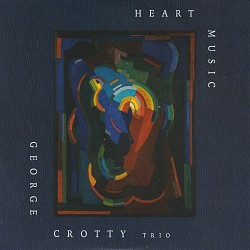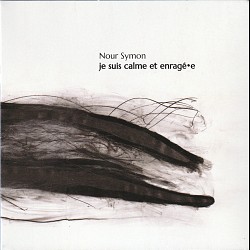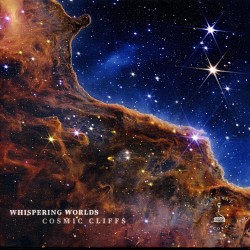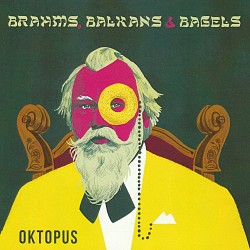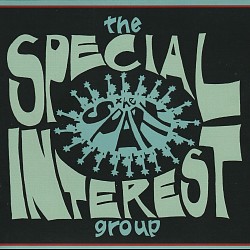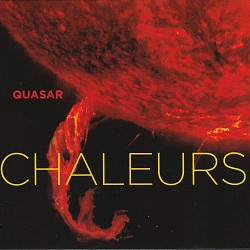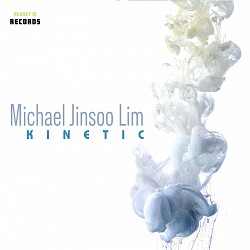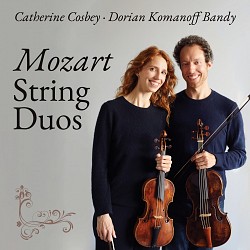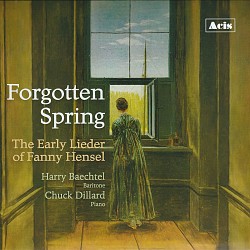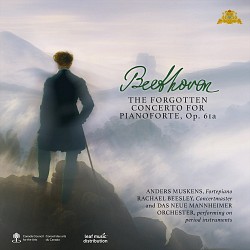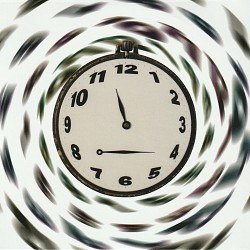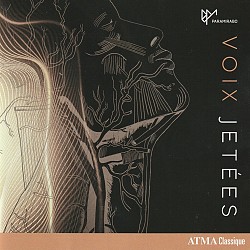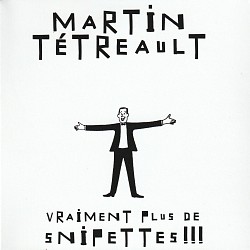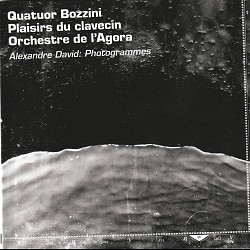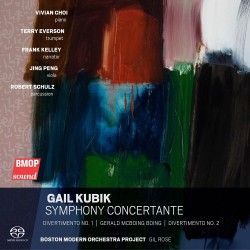 Gail Kubik – Symphony Concertante
Gail Kubik – Symphony Concertante
Boston Modern Orchestra Project; Gil Rose
BMOP Sound 1085 (bmop.org)
Listen
Divertimento #1 (First Movement) - Listen on Bandcamp
Gerald McBoingBoing - Listen on Bandcamp
Symphony Concertante (Third Movement) - Listen on Bandcamp
Read the Review
Three members of the Little Orchestra Society of New York were pestering conductor Thomas Scherman for solo opportunities, so Scherman commissioned Oklahoma-born Gail Kubik (1914-1984) for a work that would “kill three birds with one stone.” Using his trademark mix of Stravinskian neo-classicism, Coplandesque Americana, Hollywood and jazz, Kubik drew from his 1949 score for C-Man, a crime-caper B-movie, for the 1952 Pulitzer Prize-winning Symphony Concertante for Trumpet, Viola, Piano and Orchestra. The brightly orchestrated first movement is filled with fragmented melodies and snappy syncopations. In the middle movement, uncomfortably shifting tonal centres reinforce the viola and muted trumpet’s long-lined desperation over thumping piano chords. A jazzy rondo features the solo instruments taking turns in the spotlight before the work ends with a raucous orchestral blast.
Gerald McBoing Boing (1950), based on Dr. Seuss’ story about a boy who “couldn’t speak but made noises instead,” won the Academy Award for Best Animated Short. Unusually, Kubik composed his 13-minute, percussion-heavy score before the visuals were created to fit the music and narration, here provided by Frank Kelley.
Both Kubik’s five-movement, 15-minute Divertimento No.1 (1959), scored for 13 players, and his six-movement, ten-minute Divertimento No.2 (1958), requiring only eight players, are predominantly perky, with movements including Humoresque, Burlesque, Dance Toccata and Scherzino (Puppet Show). Seascape (in No.1) and Dialogue (in No.2) offer some pleasing breathing space. It’s all persuasively performed by conductor Gil Rose and the Boston Modern Orchestra Project. Entertaining throughout!
- Art Choral Vol.6: Moderne - Ensemble Artchoral; Matthias Maute 25-06-02
- Christopher Tyler Nickel - Mass; Te Deum Catherine Redding; Vancouver Chamber Choir; Vancouver Contemporary Orchestra; Clyde Mitchell 25-06-02
- Benedict Sheehan: Ukrainian War Requiem - Axios Men's Ensemble; Pro Coro Canada; Michael Zaugg 25-06-02
- Pas de Trois - Venticordi (oboe, violin, piano, viola) 25-05-24
- Remember: 130 Years of Canadian Choral Music - Toronto Mendelssohn Choir; Jean-Sebastien Vallee 25-02-14

